
views
- Look closely at the Chuck Taylor patch—is the star navy blue and do you spy a trademark symbol? If not, the shoes are likely fake.
- Examine the tongue and insole. A real pair of All Star Converse will have "All Star" printed on the tongue and "Converse" on the insole.
- Search for other vendor red flags, like an extremely low listing price or a vendor who seems like they're lying to you.
Examining the Shoes
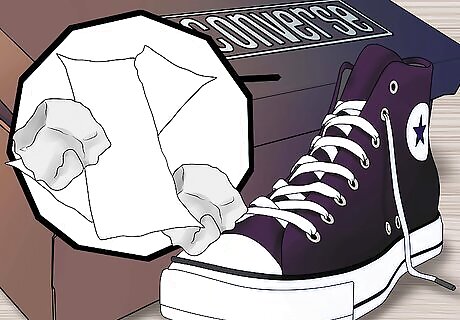
Check the packaging. One easy way to spot a counterfeit is when the All Stars come in a box that is obviously not Converse. Fresh shoes also come with tissue in the packaging. Sometimes they’ll even have paper stuffing in the shoes. If you don’t see any of the “typical” signs of fresh shoes, they're probably worth suspicion.
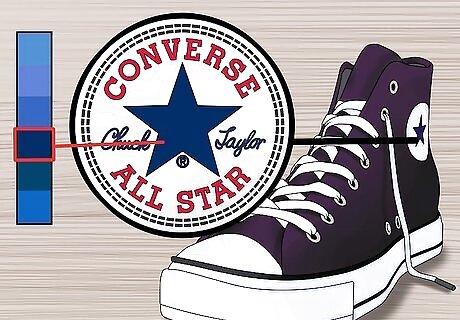
Examine the Chuck Taylor patch. The real patch has a navy blue star, whereas the fake one may have different shade of blue. Also, the original will be stamped with only a star and Taylor's signature. Be leery of emblems that are not clear. Many fake ones look blurry and have other design elements or words. All Stars also come in such a wide array of styles and colors. The logo won’t always be blue and sometimes the patch is made of rubber. Examine the star itself and be sure it is a clean print.
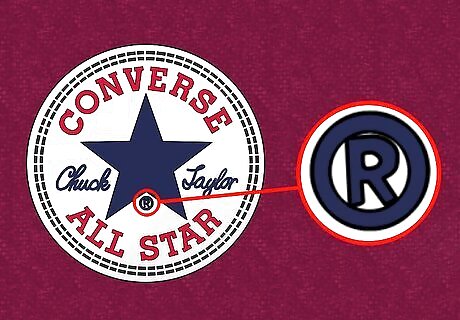
Look at the trademark. Shoes made before 2008 will have the ® symbol under the All Star logo. If you see this symbol on shoes made after 2008, be cautious. Check the stitched logo as well. Although it may appear authentic, if you spot a patchy or unclear logo, it’s fake.
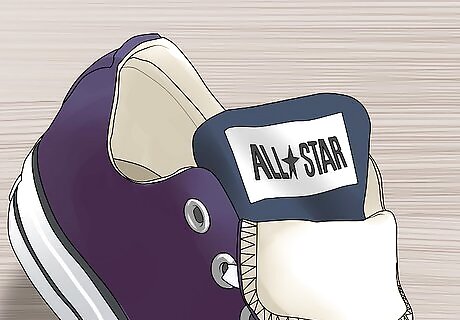
Notice the tongue. The All Stars logo will be printed very clearly on the top of the tongue. It is fake if the print is blurry or the thread in loose around the print. The traditional tongue is made of a thin canvas. Pay attention to the stitching around the border the tongue. As a general rule, if the stitching is loose or uneven, it’s counterfeit.
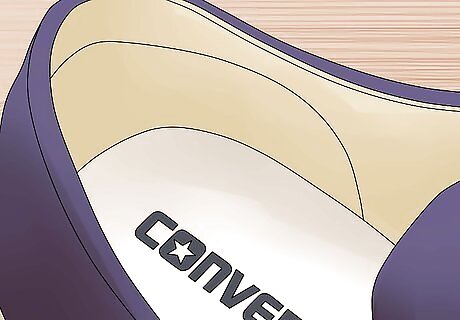
Check the insole. In real Converse, the inner sole will have the word Converse printed sharp and plain. Be aware if you are buying a used pair. A used pair’s insignia will appear more faded than a new pair, but this doesn’t necessarily mean they’re counterfeit.
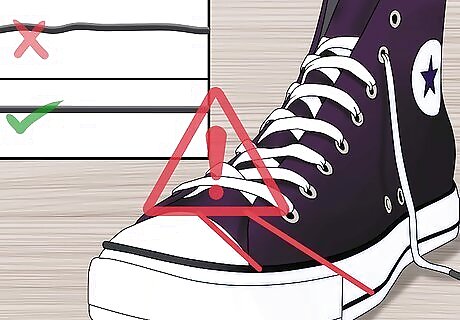
Verify the pinstripe. This is painted on the top edge of the sole. It should be smooth and perfect. If it is shaky, not crisp looking or uneven, it is a red flag.
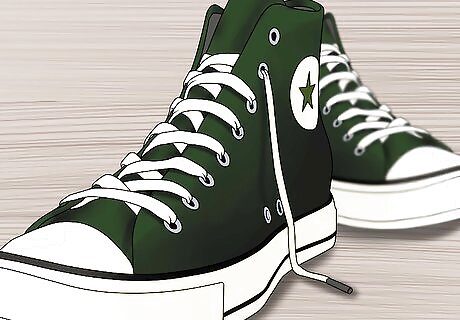
Own a pair of All Stars. The best way to understand All Stars is by having an authentic pair. If you’ve never owned them, purchase a pair from a trusted seller. Once you have a pair of Converse All Stars, you’ll know all the quirks and attributes of the shoe. Save the location of where you spotted a deal for next time. Even authentic All Stars will need to be replaced.
Checking the Seller
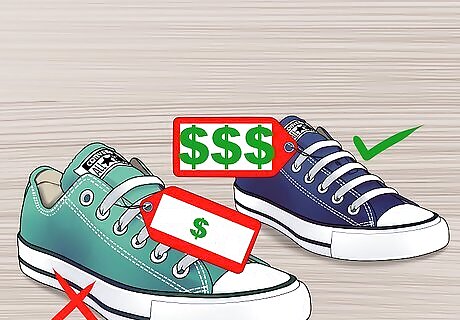
Compare the price. If the price is ridiculously low, it is best to check more carefully or walk away. Usually counterfeits are considerably cheaper than authentic Converse. The cheaper price makes up for not having genuine Converse. If you opt to save money, be prepared to see your shoes deteriorate fast. Cheap sweatshop shoes will never match Converse standards for construction and materials. Standard All Star high tops will typically sell anywhere from $50 to $100 depending on the style.
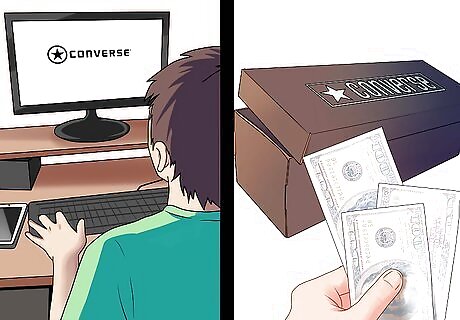
Be aware of payment methods. If you are okay with buying counterfeit Converse, you do need to be careful of how you pay for them. Typically a cash only vendor is a bit of a red flag. When purchasing online, be aware of what website you are on. Have you shopped there before, or do even recognize the site? Be sure that your web browser is secure (https://) when you’re checking out. Many web browsers even have a padlock at the top corner to indicate no one can steal your information. Expect a confirmation email when purchasing from an untrusted website.
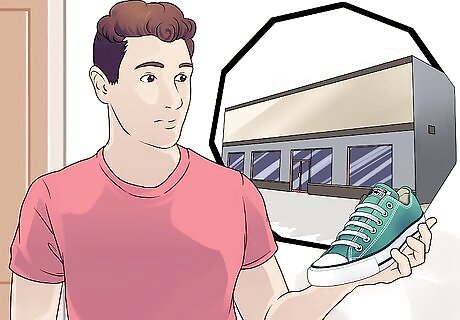
Consider the source. Always be vigilant when you’re at a flea market or other sorts of vendors. Sometimes vendors will lead you to a strange and potentially dangerous location to purchase counterfeit goods. These vendors are conducting illegal operations. Have your guard up and remember you can have a much safer transaction at a department store. Ask yourself if the price is worth the poor construction and dangerous environment.
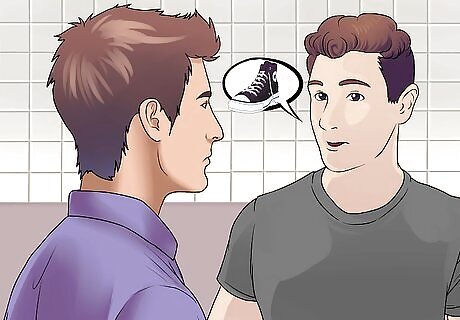
Ask questions. You never know, when you are at markets outside department stores, if they’re actually counterfeit. Ask questions when you see a price too good to be true. You can detect a lot from the seller's body language. If you suspect he’s lying, he probably is. Use your best judgement. It is not fair to assume all open air markets sell counterfeit goods.

Be vigilant when purchasing abroad. If you plan to shop abroad, review travel advisories from the Department of State before going to a location. They will have information of the scene of counterfeit sellers in that location. U.S. Customs can potentially confiscate an item they deem to be questionable. Many vendors abroad target tourists with counterfeit goods. Have your guard up, but don’t act unless you are sure you’re being deceived.

















Comments
0 comment